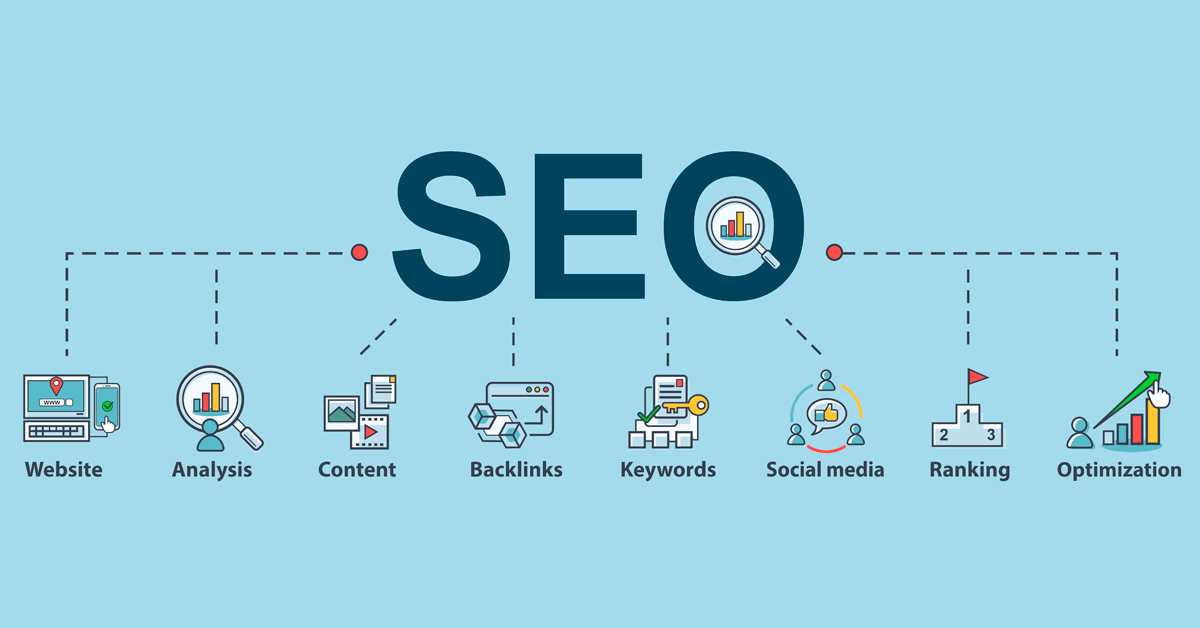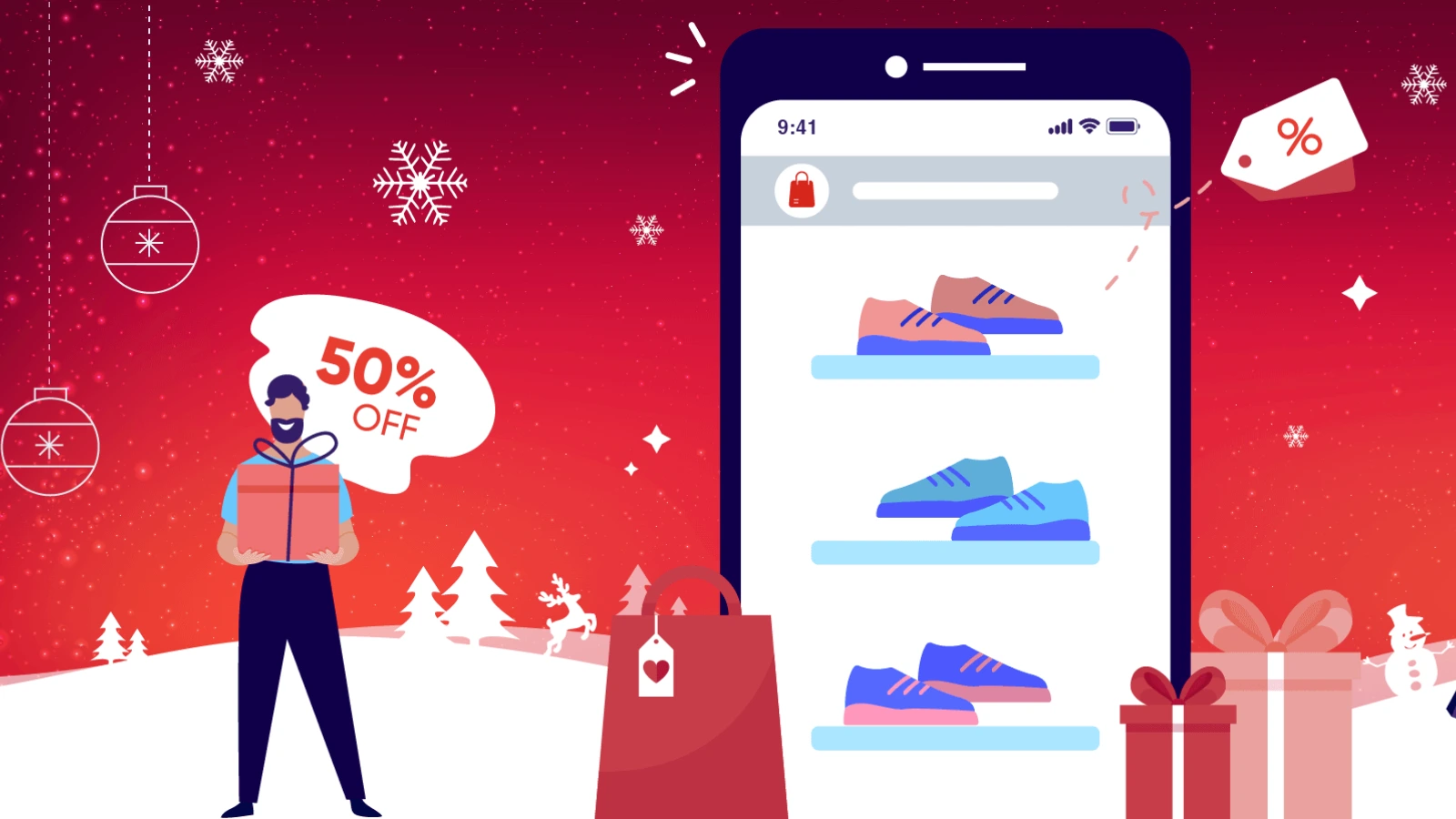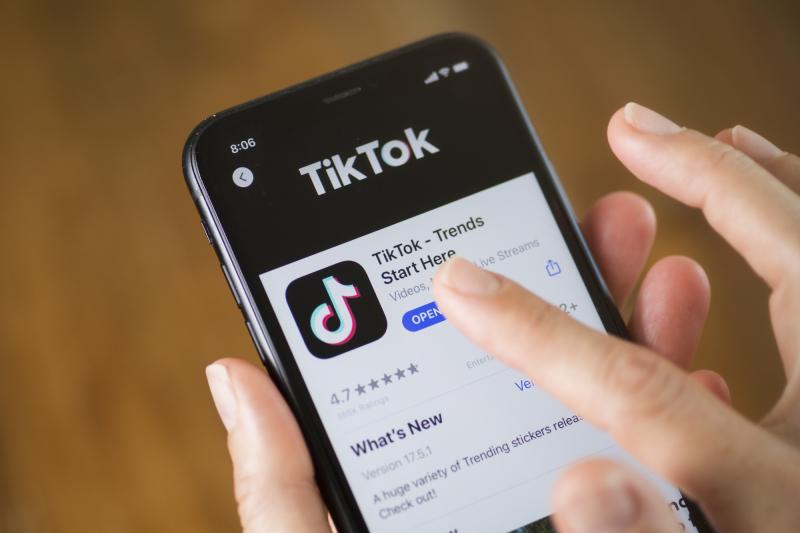Search is evolving faster than ever. Between Google’s algorithm updates, the rise of AI-driven search, and changes in consumer behavior, SEO and paid search advertising are no longer just about ranking on the first page. Marketers need to be ready for a more personalized, automated, and competitive search landscape.
Here’s what’s coming next and how to prepare.
1. AI-Powered Search is Reshaping SEO
Artificial intelligence is driving a massive shift in how users search and how search engines deliver results. Google’s Search Generative Experience (SGE) and similar AI-powered tools from Bing and other platforms are changing the way search results appear. Instead of just displaying links, these tools generate direct answers, summarize content, and integrate shopping or local results.
What this means for SEO:
- Focus on conversational, question-based keywords that match how people speak.
- Create in-depth, authoritative content that AI tools can reference or pull from.
- Optimize for featured snippets and zero-click searches, since AI-generated answers reduce the need for users to click through.
- Structured data and schema markups will become even more critical for visibility.
2. Paid Search Automation and AI Bidding
Google Ads and Microsoft Ads are increasingly automating campaign management. AI-driven bidding strategies, ad creative optimization, and audience targeting are becoming standard. By 2026, manual bidding will likely be nearly obsolete.
What this means for paid search:
- Smart bidding and Performance Max campaigns will dominate.
- Machine learning will handle much of the keyword-level optimization, freeing advertisers to focus on strategy.
- Testing different creative formats (responsive search ads, video in search, AI-generated ad copy) will be key to staying competitive.
3. The Rise of Search Beyond Google
While Google remains dominant, alternative search platforms are gaining ground:
- TikTok and Instagram are being used as search engines by younger demographics.
- Amazon continues to lead product search.
- AI assistants (ChatGPT, Gemini, Copilot) are emerging as new gateways for search and shopping.
What this means for marketers:
You can no longer focus only on Google. Paid and organic search strategies will need to include social search optimization, marketplace SEO, and ad placements across new platforms.
4. Voice and Visual Search Expansion
Voice search usage is rising, especially for local queries, while image-based search (via tools like Google Lens and Pinterest) is reshaping e-commerce discovery.
Action steps:
- Optimize for natural language queries that align with voice search.
- Use alt text, structured image data, and high-quality visuals to win in visual search.
- Prepare for multimodal search, where users combine voice, image, and text in a single query.
5. Privacy, First-Party Data, and Ad Targeting Shifts
As cookies are phased out and privacy regulations tighten, advertisers must rethink targeting. Google’s Privacy Sandbox and an increased reliance on first-party data are changing how paid search campaigns are built.
How to adapt:
- Build robust first-party data collection strategies through email, loyalty programs, and gated content.
- Leverage consent-based audience targeting.
- Use modeled conversions and aggregated data for performance tracking.
6. The Future: Hyper-Personalized and Predictive Search
By 2027, search will become less about keywords and more about context. AI will predict what users need before they search, delivering hyper-personalized results and ads. For example:
- Search engines will integrate more with personal data (calendars, email, past behavior) to deliver proactive answers.
- Paid ads will move toward dynamic, intent-based targeting, appearing only when the system predicts high relevance.
How to Stay Ahead
To thrive in the new search landscape, marketers should:
- Invest in AI-driven tools for SEO and paid search management.
- Diversify search channels to include Google, social search, marketplaces, and emerging AI platforms.
- Focus on high-quality content optimized for AI and user intent.
- Prioritize privacy-friendly data collection and prepare for a cookieless future.
- Test and iterate constantly—the pace of change will only accelerate.
SEO and paid search are no longer separate silos—they are becoming part of an integrated, AI-powered search ecosystem. For Search campaigns moving forward, success will come from embracing automation, adapting to new platforms, and putting user intent at the center of every strategy.
The marketers who start preparing today will be the ones dominating the search results of tomorrow. Want to know more about paid search advertising? Reach out to our experts at Media Placement Services.


